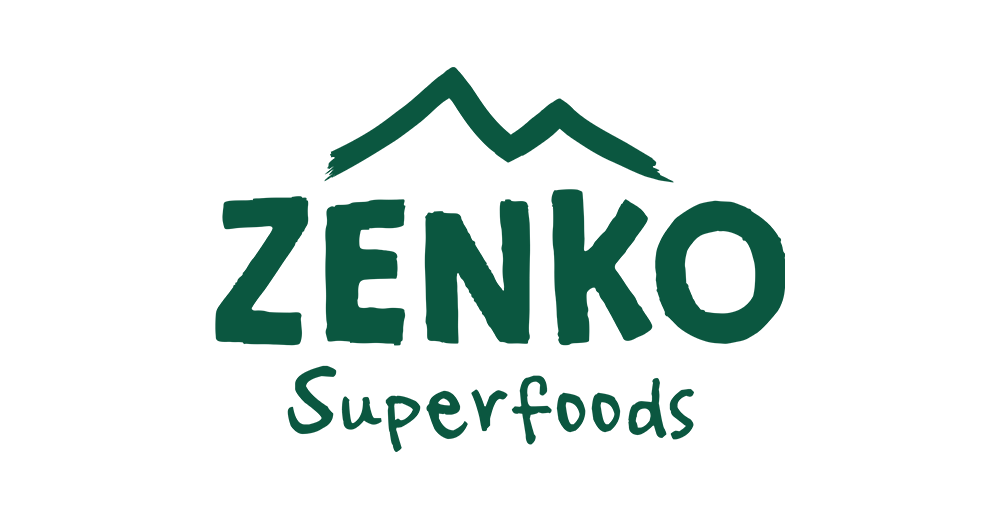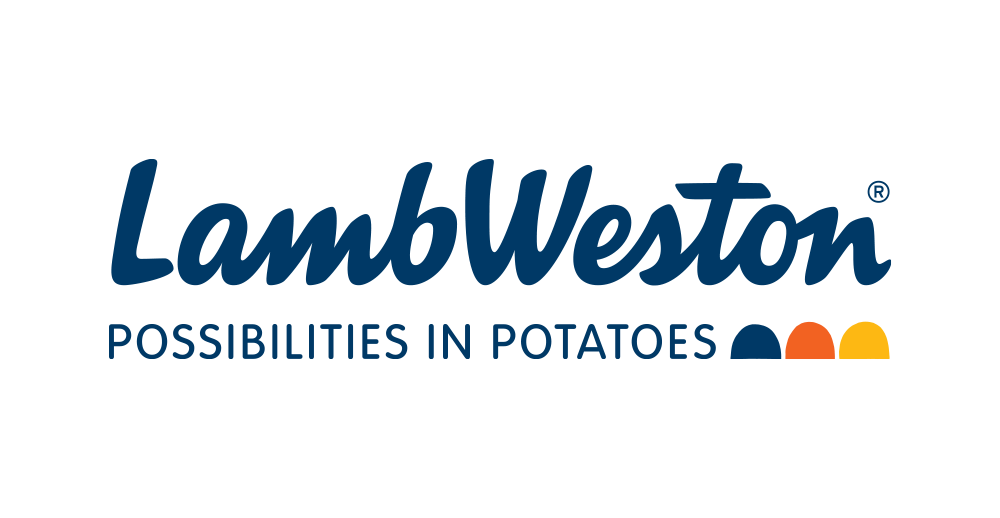
Asia’s F&B industry is a vibrant and rapidly expanding sector that reflects the region’s diverse cultures, culinary traditions, and growing consumer demand. With a population of over 4.6 billion people, Asia offers a massive consumer base and a vast array of tastes and preferences. It is characterised by a constant drive for innovation, as food manufacturers and food service operators strive to meet the evolving consumer preferences.
In this article, we highlight 4 key trends that will shape Asia’s F&B industry in 2023 and beyond.
1. Health and wellness are top priorities

Driven by growing health consciousness amid the increasing prevalence of obesity and related diseases, more are looking to adopt a healthier diet. In a Euromonitor survey, 45% of respondents in Asia prioritise health and nutrition in their food and beverage products.
Asia continues to show growing demand for high quality dietary supplements despite the economic downturn, according to Australian vitamin manufacturer Blackmores. The company noticed that there has been significant growth in Southeast Asian markets, with Indonesia growing 36% and Thailand growing 33%, reported Bloomberg.
2. Sustainable Consumption

Younger consumers are increasingly concerned about the environmental and social impact of the products they buy. This trend is driving demand for products that are sustainably produced and ethically sourced. The food service industry is responding by adopting more sustainable practices, such as reducing packaging waste, recycling food waste by composting and using renewable energy sources.
Sustainability will and continue to be a priority for industry innovations and trends in the F&B industry. Leading suppliers and start-ups have stepped up with their eco-friendly product offerings. For example, SKP, Singapore’s largest supplier of disposable food packaging has launched a new line of biodegradable food packaging where each product is blended with a biodegradable additive that enables the product to break down by microbes faster than traditional plastic. Local start-up Alterpacks uses spent grains such as malt and barley disposed by food manufacturers to upcycle them into food containers.
3. Plant-based food

Mintel analysts forecast that the plant-based market could grow to $160 billion by 2030, driven primarily by consumer concerns over environmental and human health. Consumers now have wider options of plant-based meat, seafood and dairy alternatives compared to a decade ago. The plant-based industry is now exploring ingredients other than common agricultural crops such as wheat, soy, corn, barley and oats.
Investments in Asia Pacific’s alternative protein companies witnessed a significant increase from 2021 to 2022 across all 3 categories of alternative proteins – plant-based, fermentation and cultivated, according to analysis by The Good Food Institute APAC. Singapore and China are funding hotspots and the alternative protein sector in both countries have received strong government support.
Intellectual property (IP) for the plant-based meat sector has tripled over the last decade. IP is regarded as a useful metric to track the pace of progress. A report by Roots Analysis found that over 50% of IP documents came from companies based in Asia, while companies based in Europe and North America contributed 18% of IP documents.
4. Sustained demand for convenience food

Convenient food product formats were on the rise before the Covid-19 pandemic and a sharper rise was observed during the pandemic. As consumers return to the office, they are more likely to seek out options that are easy to prepare and can be consumed on the go. With their increasingly hectic city lifestyles, more Asian consumers are seeking convenient ways to get their meals without sacrificing their taste and health priorities. Some are turning to meal kits, which deliver prepared ingredients with recipes to cut down time spent grocery shopping and prepping so that consumers can get down to cooking.
In China, changes in people’s lifestyles during the pandemic restrictions have led to a booming ready-meals industry. China’s pre-prepared dishes generated about 550 billion yuan, with an expected CAGR of 13% over the 5 years, according to a SCMP report.
In response to the demand for ready meals, Thailand and Taiwan have developed successful ecosystems from food processing, production and packaging to the retailing of ready-meals. Despite the ease of access to street food and food services outlets in Thailand, the demand or ready-meals continue to grow as consumers are drawn by their affordable prices, quality, range and convenience. CP Foods has a ‘feed-to-fork’ ecosystem that manages the whole process from food production to distribution. On the other hand, Taiwan has a mature ready meals market with food manufacturers and food services outlet operators offering a wide range of ready-meals (Singapore Productivity Centre report, 2018).
Looking to expand your business into the Asian market?
FHA – Food and Beverage returns next year on 23-26 April 2024 at Singapore Expo. With a line-up of leading global suppliers, industry professionals can anticipate the most extensive showcase of trending F&B and hospitality products and solutions, cutting-edge technologies for food & drinks manufacturing, and more at the mega event. Contact us to get involved.


























